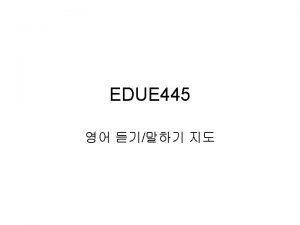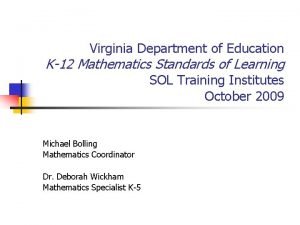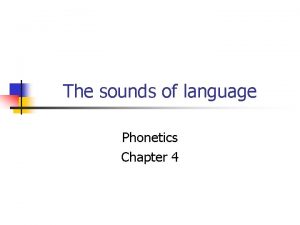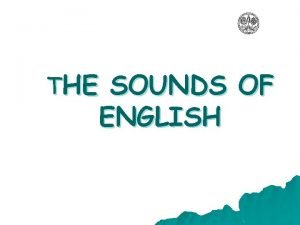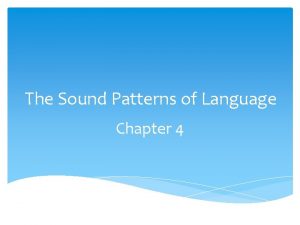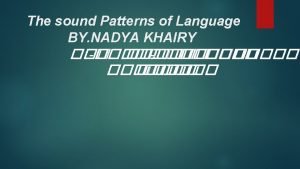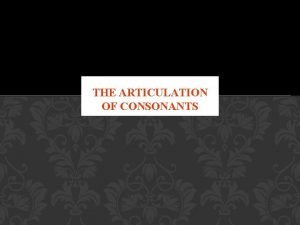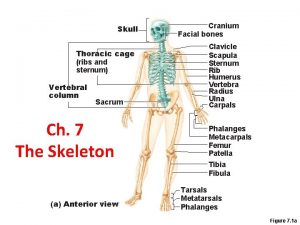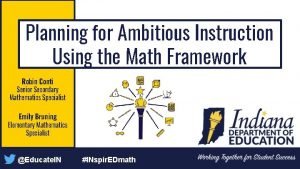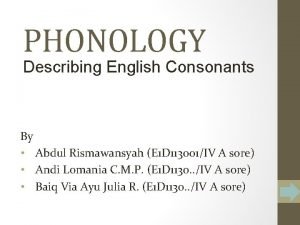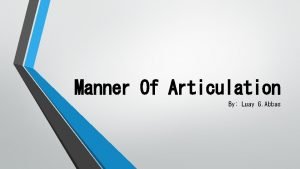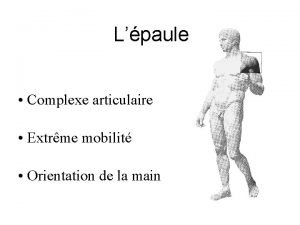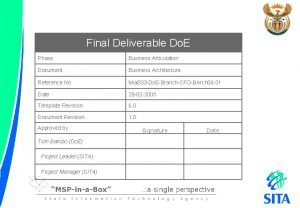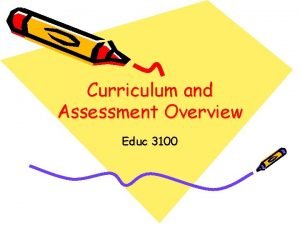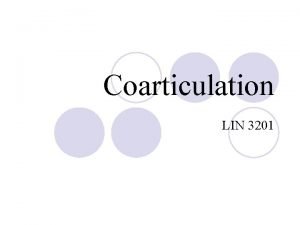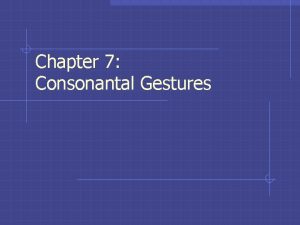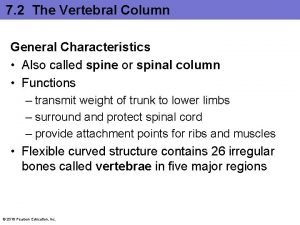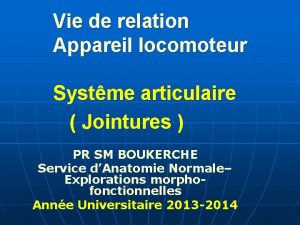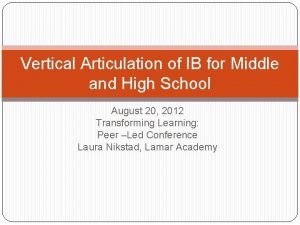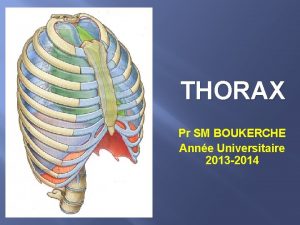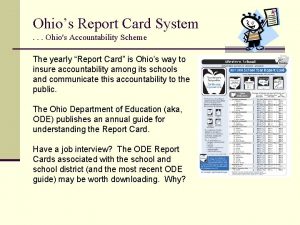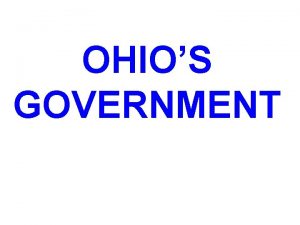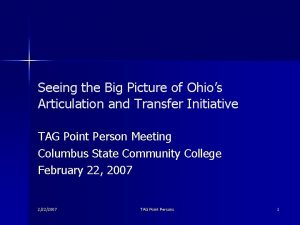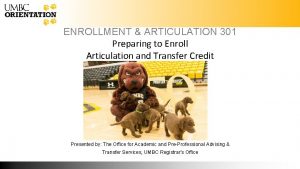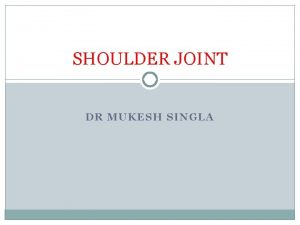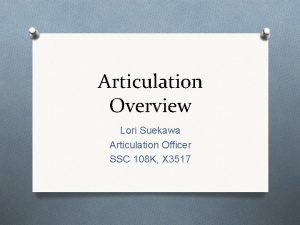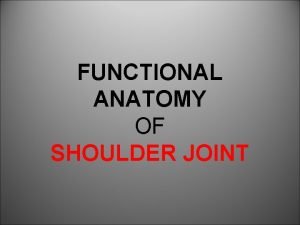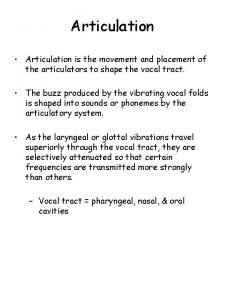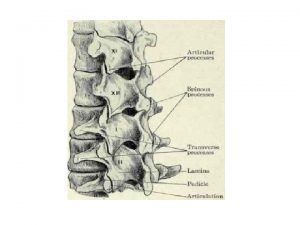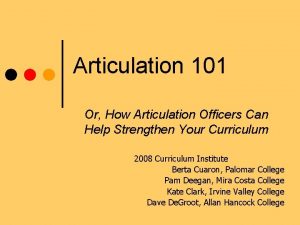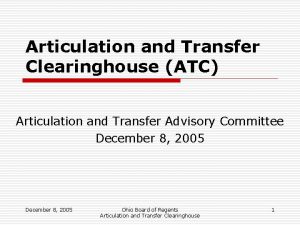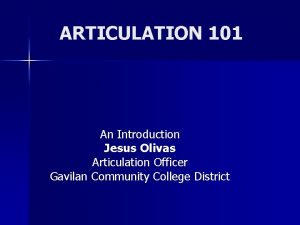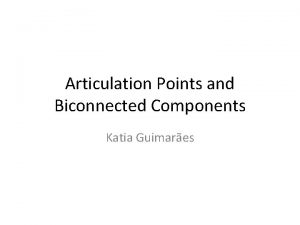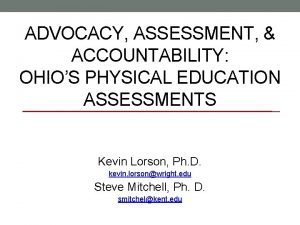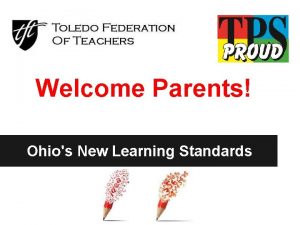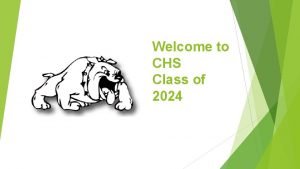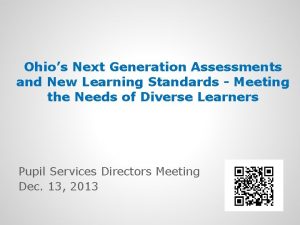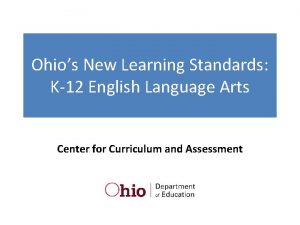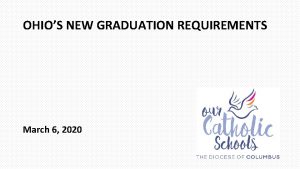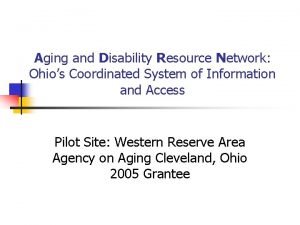Assessment for Articulation Ohios New Assessment System May































- Slides: 31

Assessment for Articulation Ohio’s New Assessment System May 14, 2009 Bob Mahlman Director, Center on Education and Training for Employment The Ohio State University mahlman. 1@osu. edu 614 -292 -9072

Ohio’s Technical Skills Assessment System • Online assessment through www. webxam. org – – Online testing began in 2001 About 50 Ohio CTE assessments for Secondary Several national certification assessments Secure, hierarchical system that tracks results, links to statewide data system • Assessment types – (1) Modular, completed over the 2 -year program – (2) End of program

Assessment Maintenance and Revision • Annual revisions are done to – Enhance psychometric quality (reliability & validity) – Keep the test items current – Maintain linkages to current content standards • Vast majority of tests receive some level of revision every year.

Test to Content Standards Linkages Major Issue: Maintaining linkages to everchanging content standards. 1991 OCAPs Career Field Technical Content Standards ITACs 1995 OCAPs TCPs er e r Ca ers st Clu

Test to Content Standards Linkages Another Issue: How long should content standards be available before tests follow? Usually 2 -3 years to allow standards to become fully implemented.

Moving Toward CFTCS Assessments • Career Field Technical Content Standards (similar to Career Clusters) • Perkins IV requires states to have valid and reliable technical skill assessments for ALL CTE programs

Moving Toward CFTCS Assessments • Ohio has assessments for a subset of programs, linked to standards that are being phased out • Now moving in the direction of new CFTCS assessments – All modular assessments – Heavy reliance on scenarios, higher cognate level – Pathway-level assessments

Moving Toward CFTCS Assessments • General Approach – Crosswalk old standards to new standards – “Pull” test items to new standards & verify linkages – Create test module structure based on postsecondary course delivery – Review & write items to fill gaps – Review and validate items and modules – Set benchmark scores – Field test and refine

Old Standards to New Standards • 2007 -2008: Linking old content standards to new CFTCS – – – Crosswalk database application Internal staff perform preliminary linkage Three instructors refine the linkages Phone conferences to resolve discrepancies Created linkage product for use by supervisors and instructors

Crosswalk Product • Reports show linkage between older content standards and the new Career Field Technical Content Standards • Results are available online: http: //www. cete. org/Projects/OCTCA/Crosswalk Review/products. aspx • Useful for curriculum planning: shows overlap and gaps • Link Here

Crosswalk Results • Crosswalk Homepage • Criminal Justice Page • Criminal Justice Results – Old to New • Criminal Justice Results – New to Old • Lookup Feature

Crosswalk Work 2008 -2009 Test Item Linkages • Linkage results “pull” test items into new Career Field Technical Content Standards • 2007 -2008: item to content standard match results are preliminary • 2008 -2009: item to content standard match results are verified by panels of SMEs

Crosswalk Work 2008 -2009 Test Item Linkages • Three instructors from each content area review linkages between items and new standards • Instructors come to OSU individually to use computerized application to indicate strength of match • Final results = final gap analysis by Career Field and pathway

New Career Field Technical Content Standards Assessments 2009 and Beyond

Development of New CFTCS Assessments • The theme for the new CFTCS assessments is “assessment for articulation” • Goal: create assessments that align with courses being delivered in postsecondary programs • Requires input from postsecondary faculty

Development of New CFTCS Assessments • Assessments at the pathway level – Significant implications for curriculum in some areas • All assessments are modular – Modules completed over the 2 -year program • Scenario-based, higher cognate levels

Development of New CFTCS Assessments • Modules designed to coincide with content for course articulation – Based on the way content is delivered in the community colleges • Create assessments for all pathways over next four years – except where viable industry-based certifications exist

Development of New CFTCS Assessments • Advantages to the new system – – Assessments available to all students Development of secondary-postsecondary relationships New utility for technical skill assessments (articulation) Assessments now have added value to the student; greater value to the school/district/state

New CFTCS Assessments for 2009 Career Field Technical Content Standard Pathway Information Technology Information Services and Support Network Systems Programming and Software Development Interactive Media Business and Administrative Sciences Business Management Finance Financial Services Transportation Systems Ground Transportation Marketing Management

The Process

Link to Postsecondary 1. Identify postsecondary programs with courses being articulated 2. Link competencies in the targeted pathways to postsecondary courses via survey – Postsecondary faculty indicated competencies addressed by postsecondary program courses Survey

Cluster Units of Instruction 3. Run hierarchical cluster analysis (SPSS) to form preliminary modules – Units clustered together based on how they are addressed at the postsecondary level Cluster Analysis

Create Test Module Structure 4. Create module content structure based on cluster analysis – Enter human judgment into the statistically-based clustering process Module Creation

Create Test Items 5. Run item writing workshops – – – Facilitated groups of secondary and postsecondary faculty (~12 SMEs: 6 secondary, 6 postsecondary) Review/revise current items Write scenarios and new items to fill gaps

Validate Items & Modules 6. Run item & module review workshops using ~12 secondary and postsecondary faculty – Content validate items • • • – Item linkage judgments Item essentiality judgments Item quality judgments Content validate modules • Judgments re: Content domain representativeness

Validate Items & Modules Set Benchmark Scores 7. Set Benchmark Scores • Two benchmarks = three performance levels; limited, proficient, advanced Advanced (Expert) Benchmark 1 Proficient Benchmark 2 Limited (Novice)

Field Test 8. Create and publish field test modules 9. Field test the modules (2009 -2010) 10. Conduct item and test analysis 11. Create final forms (Fall, 2010) 12. Repeat the process each year four years.

Lessons Learned • • Difficulty running workshops during the school year (summer better) Postsecondary relationships need to be nurtured Concerns with students’ abilities to pass scenario-based, higher cognate level tests Curriculum issues

Recommendations for Maintaining The System • Create a standing committee for each pathway that – reviews pathway standards annually, – reviews tests annually, recommends item replacements, and – generates new items to replace 1/3 of each test each year.

Recommendations for Maintaining The System • Committee members rotate serving 3 -year terms • Institute embedded pretest items – (12 -15 non-scored items in each module each year) • Development of new test module structures is done in conjunction with new standards development

Questions / Discussion
 Hci patterns
Hci patterns Linguistics
Linguistics Langua
Langua Vdoe math vertical articulation
Vdoe math vertical articulation Articulation costo corporéale
Articulation costo corporéale Place of articulation consonants
Place of articulation consonants Language
Language The organs of articulation
The organs of articulation Your sound chapter 4
Your sound chapter 4 Co-articulation
Co-articulation Consonants place of articulation
Consonants place of articulation What are the 4 processes of speech production?
What are the 4 processes of speech production? Sternum
Sternum Consonants place of articulation
Consonants place of articulation Indiana math framework
Indiana math framework Describing consonants
Describing consonants Place of articulation consonants
Place of articulation consonants Manner of articulation
Manner of articulation Ligament jugal
Ligament jugal Double articulation
Double articulation Luxation spatulaire
Luxation spatulaire Articulation in solution design document
Articulation in solution design document Vertical articulation example
Vertical articulation example Co-articulation
Co-articulation Laminal sounds
Laminal sounds Major phonetic classes
Major phonetic classes The function of the compensating curve is
The function of the compensating curve is Tenon talaire
Tenon talaire Figure 7-2 typical vertebra (inferior view)
Figure 7-2 typical vertebra (inferior view) Schyndilèse
Schyndilèse Vertical articulation
Vertical articulation Articulation costo-corporéale
Articulation costo-corporéale


